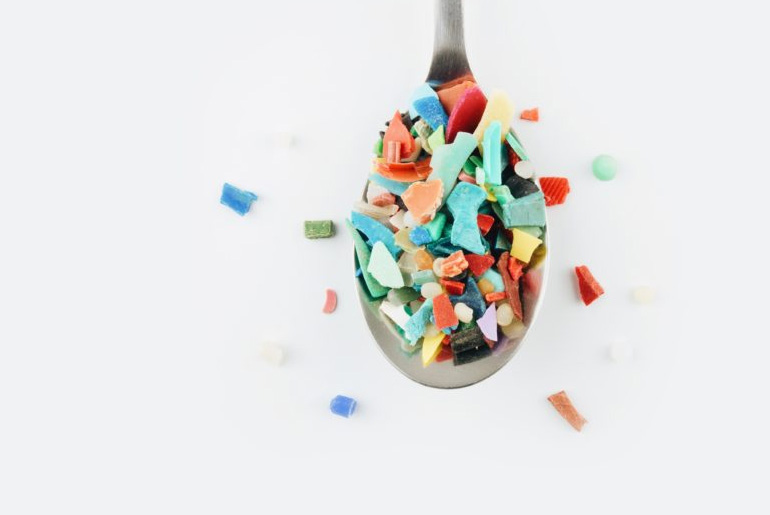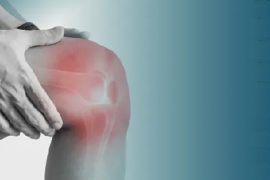Microplastics—tiny plastic particles—have been detected in a wide range of everyday items, from drinking water and chicken nuggets to apples and broccoli. Studies have linked these pollutants to serious health issues, including heart disease and lung disorders. While microplastics have become nearly impossible to avoid entirely, experts suggest that supporting overall health through adequate sleep, regular exercise, a balanced diet, stress reduction, and preventative care can help mitigate their effects. To reduce exposure, it’s especially important to focus on minimizing contact through key sources like water, food, and air.
1. Limit Bottled Water Consumption
Plastic bottled water has been identified as one of the most concentrated sources of microplastics, with a 2019 study highlighting its potential impact. More recent research from 2024 even suggests that previous microplastic concentrations in bottled water may have been underestimated. While occasional bottled water consumption isn’t harmful, making a habit of it could increase your exposure to tiny plastic particles. As a safer alternative, carrying a reusable stainless steel or glass bottle is recommended for everyday use.
2. Use an NSF-Certified Water Filter
Switching from bottled water to filtered tap water can significantly cut down your intake of microplastics. However, since tap water may also contain microplastics, it’s best to use filters that are certified by NSF or ANSI. Products like the Aquasana AQ-5200 (under-sink filter) and the Brita Elite (pitcher filter) have undergone rigorous lab testing to reduce microplastic content. Although these filters are made of plastic, they pose minimal risk if used correctly—avoid running hot water through them and refrigerate the filtered water to slow plastic degradation. For an even more thorough process, you may consider boiling, cooling, and then filtering your tap water, though it’s less practical for daily use.
3. Avoid Storing Food in Plastic Containers
Plastic containers are widely used due to their durability and lightweight nature, but they can break down over time, especially when exposed to heat, sunlight, acidity, or friction. These conditions accelerate microplastic leaching. It’s best to store food in glass containers and to avoid microwaving or reheating food in plastic containers—even those labeled as “microwave-safe” or “BPA-free.” A great alternative is the Pyrex Ultimate 10-piece Glass Storage Set, which is completely plastic-free.
4. Do Not Reuse Single-Use Plastics for Food
Single-use plastics—like takeout containers, breastmilk storage bags, and disposable water bottles—are designed for one-time use. Reusing them can result in plastic breakdown, leading to microplastic contamination of food or drink. Experts recommend reserving reused single-use plastic items for non-food purposes only. For any food or beverage contact, choose durable, food-grade containers instead.
5. Avoid Heating Food or Drinks in Plastic
Even plastics marketed as microwave-safe can release microplastics and chemicals when heated. Microwaving or boiling food or beverages in plastic containers should be avoided, including brewing tea in plastic-containing tea bags. Instead, opt for glass or ceramic containers that are more stable under high temperatures and do not shed harmful particles.
6. Wash Plastic by Hand, Not in the Dishwasher
Dishwashers operate at high temperatures and can degrade plastic containers over time—even those labeled as dishwasher-safe. This degradation can lead to microplastic shedding, which then mixes with your food. To extend the life of your plastic containers and reduce microplastic release, hand-washing with lukewarm water and mild detergent is the preferred cleaning method.
7. Switch to Wood or Bamboo Cutting Boards
Plastic cutting boards, when used repeatedly, tend to accumulate knife cuts that dislodge microplastic particles. These particles can transfer directly onto food during meal prep. Wooden or bamboo cutting boards are a better alternative, offering both environmental and culinary benefits. Not only do they reduce microplastic risks, but they are also more knife-friendly and have a longer lifespan when properly maintained.
By incorporating these simple but effective practices into your routine, you can significantly reduce your exposure to microplastics in both food and water.
Disclaimer:
The information contained in this article is for educational and informational purposes only and is not intended as a health advice. We would ask you to consult a qualified professional or medical expert to gain additional knowledge before you choose to consume any product or perform any exercise.







